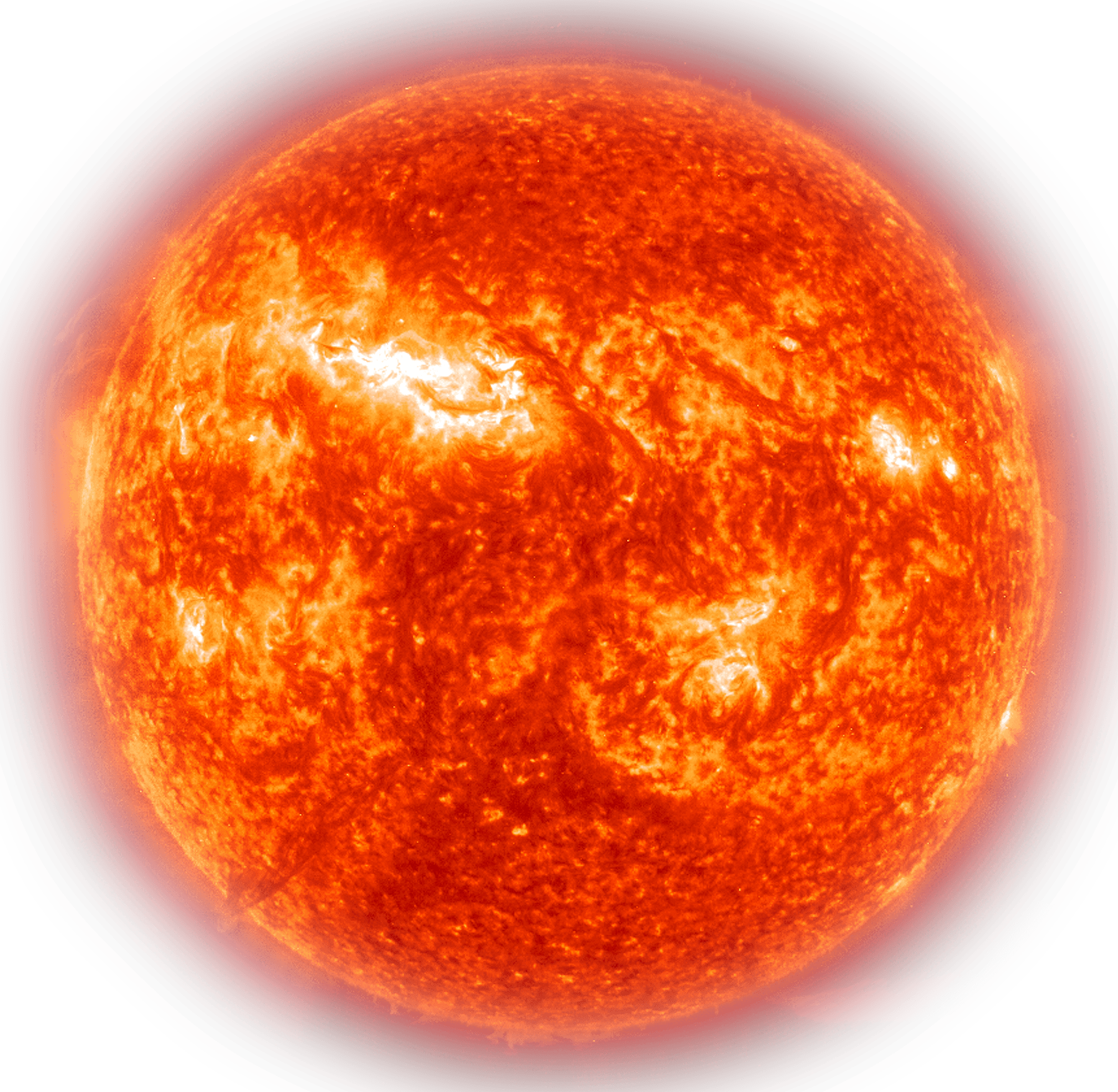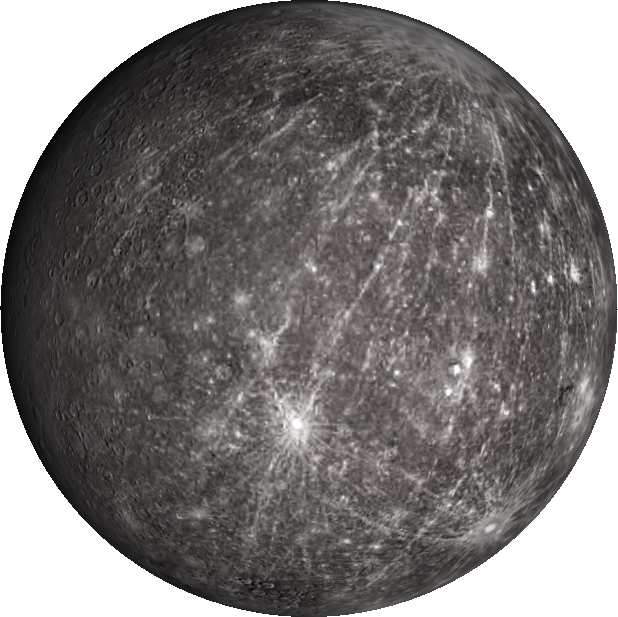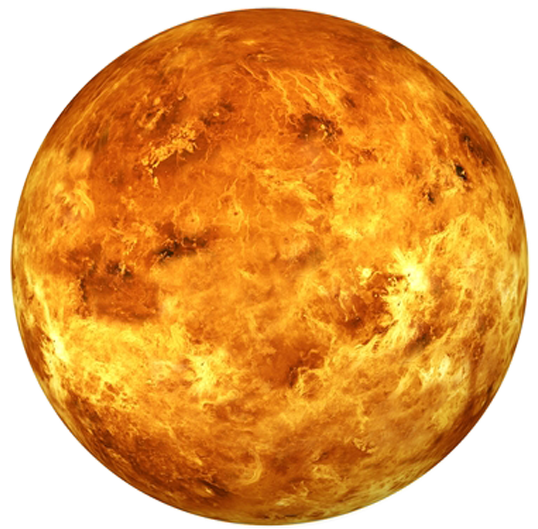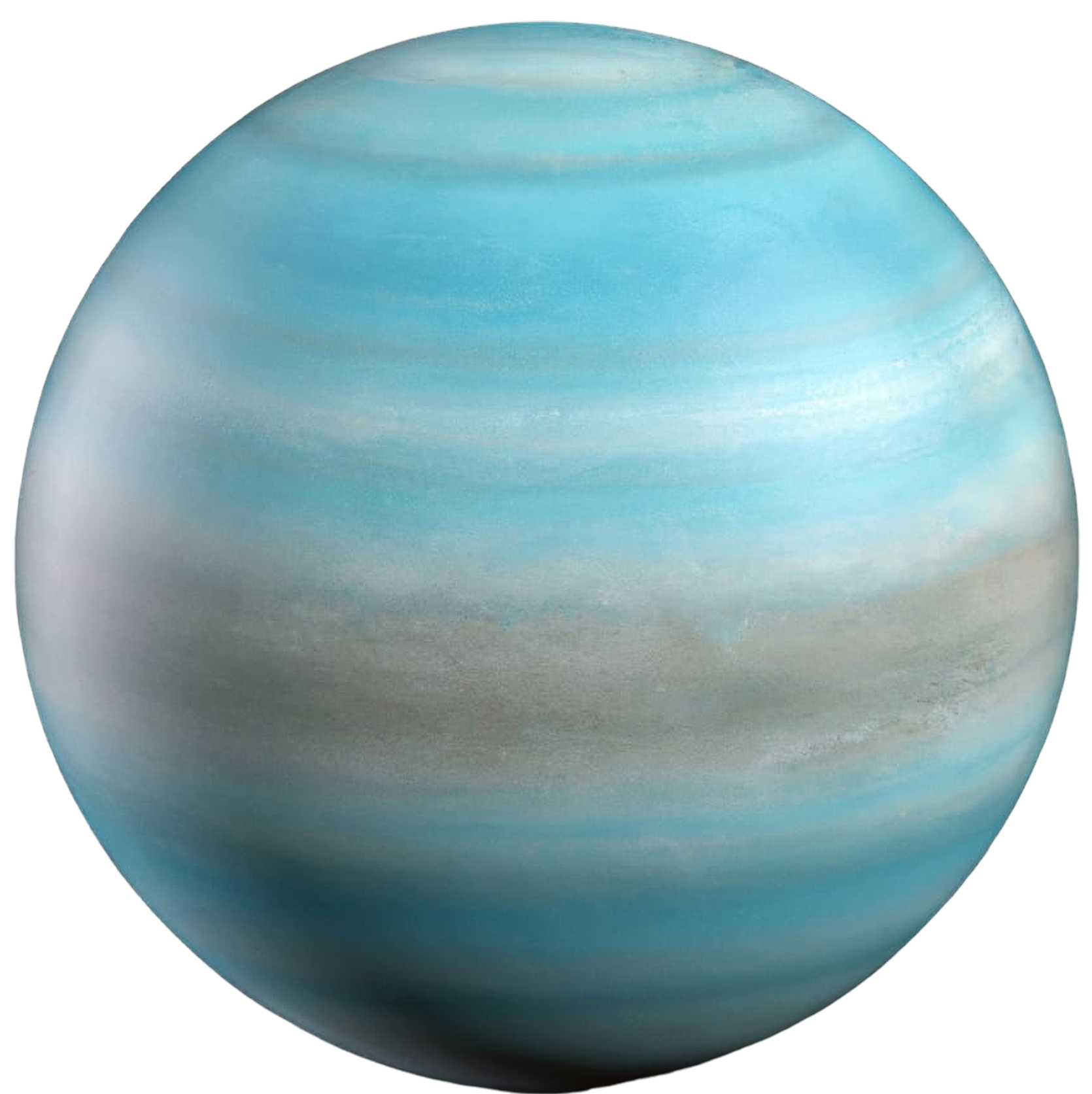Solar System
Get to know a little about the planets in our solar system
Hold and drag to change the card

Sun
The Sun is the heart of our Solar System. It makes up about 99.8% of the system’s total mass and is a massive sphere of hot gas, mainly hydrogen and helium. Its energy comes from nuclear fusion, a process that turns hydrogen into helium and releases tremendous amounts of light and heat. Without the Sun, there would be no gravity to hold the planets in orbit, and no energy to sustain life on Earth. Sunlight takes about 8 minutes and 20 seconds to reach us — yet it powers everything on our planet.

The Moon
The Moon is Earth’s only natural satellite and our closest cosmic neighbor, orbiting about 384,400 km (238,855 miles) away. It’s roughly one-fourth the size of Earth, and its gravity is strong enough to influence the tides of our oceans. Formed about 4.5 billion years ago, scientists believe the Moon was created after a massive collision between the young Earth and a Mars-sized body called Theia. Because the Moon rotates at the same rate it orbits Earth, we always see the same side — the “near side.” The other half, known as the far side, remained unseen until space probes photographed it in the 20th century. The Moon has no atmosphere, so temperatures swing drastically — from 127°C (260°F) in sunlight to -173°C (-280°F) at night. Its surface is covered in craters, plains, and ancient lava fields called maria. These dark regions were once seas of molten rock. The Moon has played a vital role in human culture, science, and exploration — from guiding calendars to inspiring myths. In 1969, it became the first celestial body visited by humans, when the Apollo 11 mission landed astronauts Neil Armstrong and Buzz Aldrin on its surface. Today, the Moon remains a key target for future missions — and could even become a stepping stone for human travel to Mars.

Mercury
Mercury is the smallest planet in the Solar System and the one closest to the Sun. It moves so fast that it completes an orbit in just 88 Earth days. Despite its proximity to the Sun, Mercury experiences extreme temperature swings — up to 430°C (800°F) during the day and -180°C (-290°F) at night — because it has almost no atmosphere to trap heat. Its surface is covered in craters and cliffs, shaped by asteroid impacts and the planet’s slow shrinking over billions of years.

Venus
Venus is the hottest planet in the Solar System, with surface temperatures around 465°C (870°F) — hot enough to melt lead. Its dense atmosphere, made mostly of carbon dioxide, traps heat through a runaway greenhouse effect. Uniquely, Venus rotates in the opposite direction of most planets, meaning the Sun rises in the west and sets in the east. A single day on Venus is longer than a year — it takes 243 Earth days to rotate once, but only 225 days to orbit the Sun.

Earth
Earth is the only known planet with life. Its atmosphere, made of nitrogen, oxygen, and water vapor, and its liquid water make it the perfect home for living organisms. About 70% of its surface is covered by oceans, and the rest supports a stunning diversity of ecosystems. Earth is protected by a magnetic field that deflects harmful solar particles and an ozone layer that filters ultraviolet radiation. It’s a living planet — constantly changing through tectonic movement, erosion, volcanic activity, and evolution.

Mars
Known as the “Red Planet,” Mars gets its color from iron oxide covering its surface. It’s a cold, dry world where temperatures can drop to -120°C (-184°F) at night. There’s strong evidence that liquid water once flowed on Mars — in rivers, lakes, and possibly even oceans. Mars also has the tallest volcano in the Solar System, Olympus Mons, standing about 22 km (13.6 miles) high. Today, rovers and orbiters explore the planet, searching for signs of past life and studying its potential for future human missions.

Jupiter
Jupiter is the giant of the Solar System, over 11 times wider than Earth and more massive than all other planets combined. Made mostly of hydrogen and helium, it has no solid surface — only swirling layers of clouds and storms. Its most famous feature, the Great Red Spot, is a colossal storm that has raged for at least 300 years. Jupiter has over 90 moons, including Ganymede, the largest moon in the Solar System — even bigger than Mercury. Its strong gravity helps shield inner planets from asteroids and comets.

Saturn
Saturn is known for its spectacular ring system, made of billions of pieces of ice and rock. Despite its massive size, Saturn is the least dense planet — it would float in water if there were an ocean big enough. Like Jupiter, it’s mostly hydrogen and helium, with powerful winds and storms. Among its 80+ moons, Titan stands out for having lakes and seas of liquid methane and a thick atmosphere, making it one of the most Earth-like worlds in the Solar System.

Uranus
Uranus is truly unique: its axis is tilted about 98°, causing it to rotate on its side. This means each of its seasons lasts over 20 years! Its blue-green color comes from methane gas in the atmosphere, which absorbs red light and reflects blue. Discovered in 1781 by William Herschel, Uranus was the first planet found using a telescope. Though it’s a gas giant, scientists believe it has a rocky core surrounded by ice, ammonia, and methane.

Neptune
Neptune is the farthest planet from the Sun and also the coldest, with temperatures near -220°C (-360°F). Despite that, it’s home to the fastest winds in the Solar System, reaching 2,000 km/h (1,200 mph). Its deep blue color comes from methane and possibly unknown atmospheric particles. Neptune was the first planet discovered through mathematical predictions, before being seen through a telescope in 1846. Its largest moon, Triton, orbits in the opposite direction of Neptune’s rotation — suggesting it was once a captured object from the Kuiper Belt.